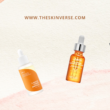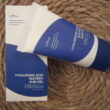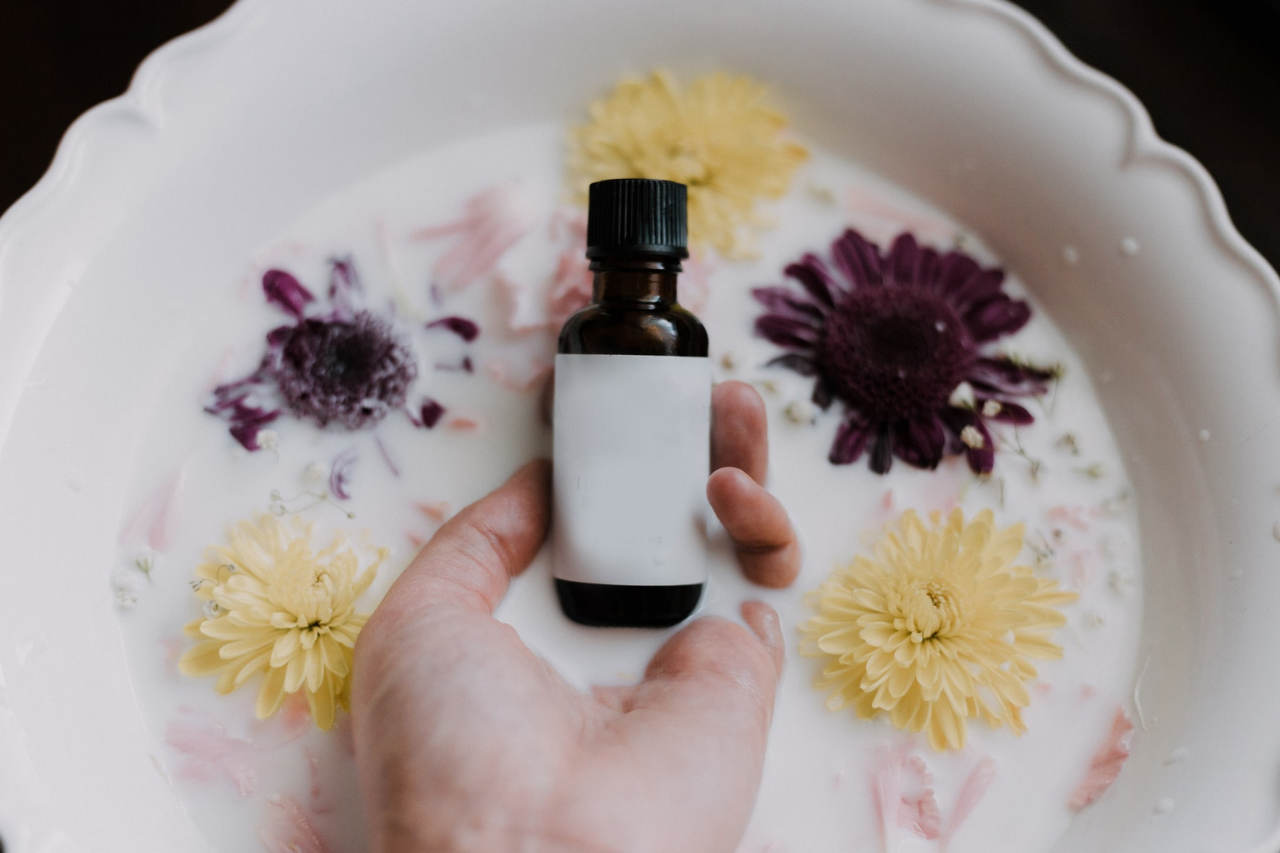If you have never heard of Karanja oil before, don’t worry, you aren’t the only one. With so many skincare ingredients out there, keeping up with new names can seem overwhelming. But Karanja oil might be the new powerhouse ingredient on the horizon. So, let’s see what exactly it does, and is it worth the potential hype?
What is Karanja oil?
Karanja oil is native to Southeast Asia and is extracted from an evergreen tree called Pongamia pinata (aka pongam tree). It is known for its medicinal use predominantly in India where it is also referred to as honge oil or pungai oil.
It is commonly used in wound healing, digestive purposes and due to its antiseptic nature, brands use it in products like soaps, cleansers, shower gels, and shampoos. It is similar to its long-lost brother – neem oil in terms of antiseptic properties, but unlike neem oil, it has a milder aroma. I guess you can refer to it as a more versatile form of neem oil.
What are the benefits of Karanja oil for skin?
- It is antibacterial;
- It has very good antioxidants properties;
- Treats skin infections;
- Protects against UV damage;
- Has soothing qualities;
- Promotes wound healing
Karanja oil has proved to be effective in the treatment of skin conditions like eczema, psoriasis. Thanks to flavonoids, it is very effective in protecting the skin against harmful UV lights. These flavonoids are also useful in psoriasis treatment by providing an antipsoriatic effect as they treat the red buildup and itchiness which are common symptoms. Karanja oil is suitable for all skin types.
The use of Karanja oil is not limited to skin and hair only but more on that later 🙂
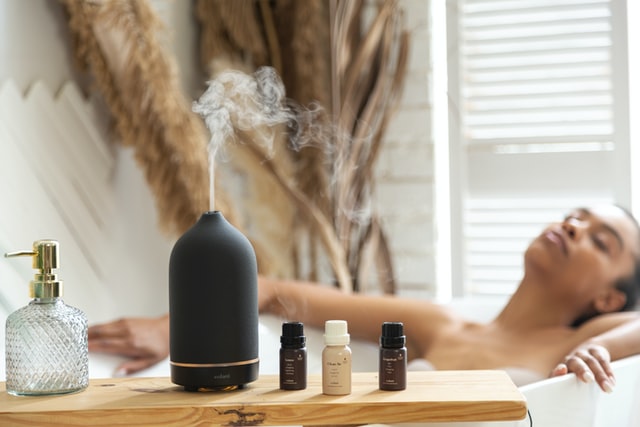
Benefits of Karanja oil for hair
The antibacterial and antifungal nature of this oil makes it a perfect fit for scalp treatments. These are the common benefits of Karanja oil for hair:
- Reduces hair fall;
- Prevents hair dryness;
- Smoothes the skin of the scalp;
- Promotes hair growth;
- Acts as a hair sunscreen;
- Protects the skin and hair against UV damage
Karanja oil comes in handy for frizzy hair too, as it smoothes hair’s cell membrane. So, it is your anti-frizz buddy for sure. It is also used in shampoos against dandruff, especially when mixed with neem oil. It soothes the scalp and refreshes it, as a result, it prevents itchiness.
If your children get lice, washing the hair with a few drops of this oil will solve the problem right away. If you suffer from excessive dandruff, make this DIY hair mask. You are going to need:
- 3-4 drops of karanja oil;
- a few drops of coconut oil
Apply it on your hair 2 to 3 times a week, and you will notice the results soon.
Other benefits of Karanja oil
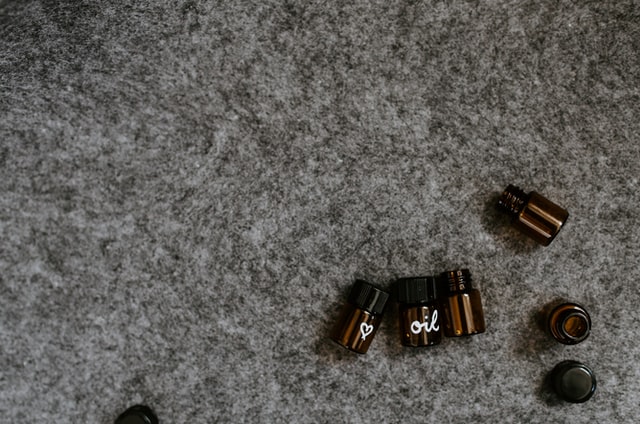
It is used in enhancing the digestive system
Karanja is a natural laxative, so it eases out a bowel movement. It has been considered a traditional medicine for constipation for centuries. Taking Karanja capsules as a digestive supplement is recommended to deal with extreme constipation.
Karanja oil can reduce joint pain
It is known that Karanja oil is effective against bone and joint pain. For best results, it can be mixed with coconut or sesame oil and applied to the concerned area to relieve pain.
It can ease out some arthritis symptoms
Specifically, in the case of rheumatoid arthritis, the healing properties of Karanja oil have been touted for a long time now. Some pain relief activities include using sesame oil in winter, coconut oil in summer during saunas or massages. They have a detoxifying and anti-inflammatory effect. You can also boost this effect by adding some drops of the oil. Bathing in an infused tub with Karanja leaves can also have additional benefits for managing arthritis pain.
Karanja powder is used for cough and cold
Mixing half a teaspoon of the oil with honey or hot water after your meals will reduce cough and help with the cold. It is also antipyretic, meaning it can reduce fever and its complications.
How to use Karanja oil
It is very straightforward, really. You can use the oil form with coconut oil, sesame oil, or neem oil. Just mix a few drops and apply to your hair or skin. The best way to use it is probably through hair or skin products, as they are formulated in a lab environment professionally where there is less chance of any skin reaction.
Other uses of Karanja oil
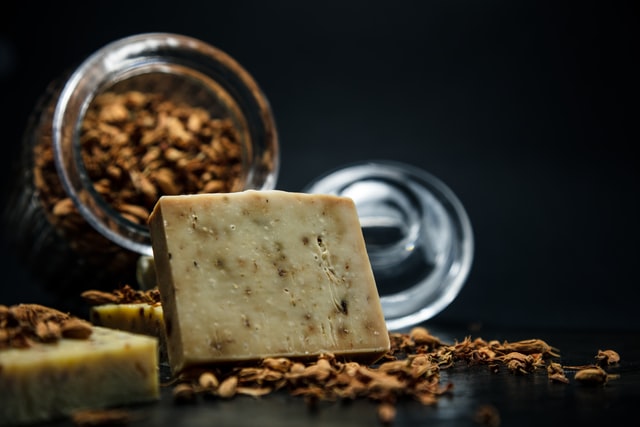
Karanja oil is also used for making soaps and candles. You might find it in some handmade soaps because of its antibacterial qualities. It is also used as a pesticide in the agricultural field. Alkaloids have been used against insects in crops for centuries. So, in a way, it also has an ecological contribution to the environment.
Skincare Products with Karanja oil
In skincare products, Karanja oil acts as a natural preservative. (used at 3%-5% concentrations)
You can find it in hair products like shampoos, conditioners, and skin products like soaps, cleansers, shower gels.
Our top picks:
Formulated with powerful antioxidants like Vitamin E, hyaluronic acid, and grape seed extract with anti-breakage properties, this conditioner is here to meet your hair needs. Karanja oil nourishes the hair while protecting it against harmful UV rays. Plus, it is sulfate-free, cruelty-free, fragrance, and alcohol-free. So, sustainable haircare meets the best way to restore your hair strands.
Related: Best Vitamins for Healthy Skin
Get Clean!™ No-Foam Shampoo from Original MOXIE
Neem, Karanja, and Turmeric are the main components of this no-foam shampoo. Karanja oil gives it the natural nutty aroma infused with banana and citrus smells.
If you have dandruff, itchiness of scalp eczema, this one’s for you.
Are there any side effects of karanja oil?
Usually, using it in a product or the pure oil itself wouldn’t cause any reactions. However, everybody’s skin is different, so some allergic reactions can still occur. If you are using the oil itself, you can minimize its possible side effects by using rose water or coconut oil alongside it.
Additionally, using oils directly on your face can make you break out. So, if you see any skin reactions like redness, itchiness, stop using it. It would also help to do a patch test before applying it to your skin. Herbal-infused oils can show some allergic reactions on certain skins, so beware of that.
The bottom line
Karanja oil offers endless benefits for both skin and hair, although it is not among the very popular ingredients in skincare yet.
Some skincare brands are working on incorporating this agent into their products, so that’s good news. But it still has a long way to go and we, as skincare enthusiasts, are excited about new products to use.



